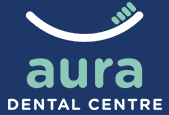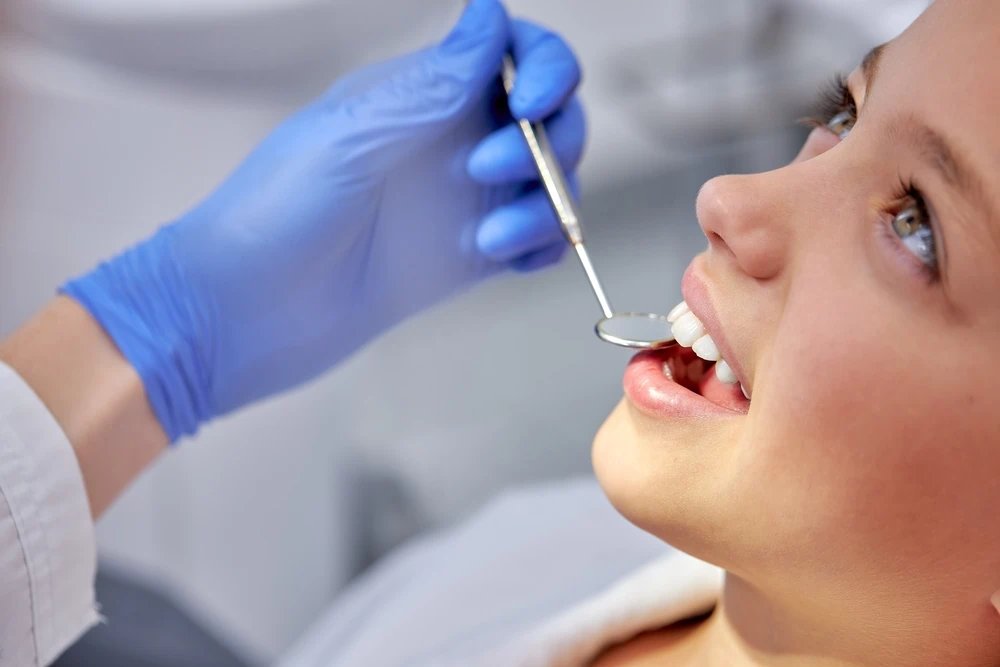Dental Sealants
Because the pits and fissures are hard to reach areas when brushing, cavities tend to occur on the occlusal surface (or the “chewing” surface) of your teeth. Thus, having a protective barrier (i.e., a sealant) placed over the pits and fissures of the occlusal surface can decrease the risk of forming cavities.
Who should get a dental sealant?
Our dentists highly recommend dental sealants for children and adolescents. This is mostly because this age group is at a statistically higher risk for occlusal cavities as a result of lower rates of toothbrushing. As well, we suggest having sealants applied to recently erupted teeth (i.e., new teeth), as this can significantly reduce the chance of tooth decay.
Finally, we recommended dental sealants for anyone (all ages) with a significant history of cavities and/or poor dental hygiene to mitigate the risk of tooth decay.
What is the procedure like?
One of the best things about dental sealants is that they require no physical modification to the tooth structure. That means no drilling or removal of any part of the tooth being sealed. Instead, application of dental sealants by one of our dental professionals is a pain-free and simple procedure that can be performed in a minimal amount of time.
Typically, when you visit our office for to have a sealant applied, one of our dentists will begin by cleaning the tooth to be sealed. A gel is then applied to the occlusal surface and is washed away after allowing it to incubate for a short period of time.
Once the gel is washed away, the dentist will apply the dental sealant in a way very similar to painting on a canvas. After the sealant has been applied, a special light is shone onto the sealant to harden it. Shortly after the sealant is applied, it will form a protective shield across the occlusal surface of your teeth.
Importantly, a dental sealant can be applied during one of your visits to our office for a dental cleaning. It is completed in one visit and only requires brief inspection during following up cleaning visits to ensure that the sealant has not cracked or become dislodged. If so, the sealant is simply reapplied.
How do I maintain my dental sealant?
As mentioned, maintaining a dental sealant is as easy as making regular biannual visits to our office for a dental cleaning. During each cleaning, our dental care team will inspect the sealants to ensure their integrity and confirm whether they need to be reapplied or not. If a sealant becomes dislodged or cracks, it is important to have this inspected by one of our dental professionals as ignoring this kind of issue can leave to accumulation of food particles, germs, and eventually bacteria within the pits and fissures. This, as mentioned, can lead to poor oral hygiene characterized by increased risk for occlusal cavities.


